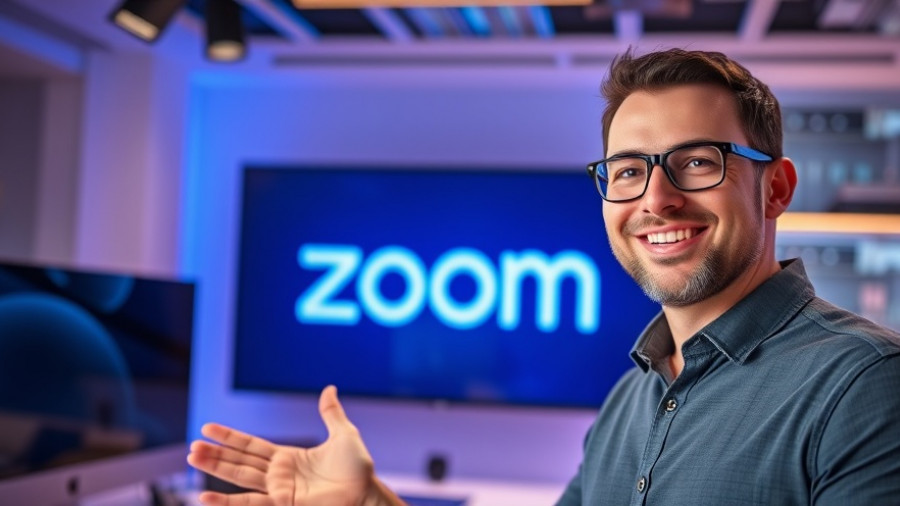
Microsoft Introduces OpenAI’s Lightest Model: gpt-oss-20b
Microsoft has debuted OpenAI’s smallest and open model, gpt-oss-20b, on Windows 11, offering users enhanced AI capabilities right from their desktops. This new addition, available through the Windows AI Foundry platform, is laser-focused on efficiency, allowing for seamless execution of code and real-time decision-making tasks across various computing environments.
The Power of gpt-oss-20b for Everyday Users
Designed for modern consumer PCs, gpt-oss-20b only requires 16GB of VRAM, making it accessible to everyday users equipped with contemporary graphics cards from Nvidia or Radeon. This model is positioned to cater to users looking to integrate AI into their workflows, streamlining processes in low-bandwidth situations. However, users should be mindful that its text-only nature limits its capabilities in terms of audio or visual content generation.
Challenges Ahead: The Hallucination Factor
Despite its advanced design, gpt-oss-20b embodies certain flaws. Notably, it has exhibited a tendency to hallucinate—a term used in AI to describe generating incorrect or nonsensical information. In tests, it produced misleading answers to over half of the inquiries in OpenAI's PersonQA benchmark, thereby raising questions about its reliability for critical tasks. Users will need to use this model judiciously, keeping the hallucination issue in mind while exploring its potential.
Future Availability and Broader Applications
Moving forward, Microsoft plans to expand the accessibility of gpt-oss-20b beyond Windows, with imminent support for macOS users and other platforms. The integration into Azure AI Foundry and cloud services such as AWS indicates a future where advanced AI capabilities are readily available across different environments, highlighting a significant leap in democratizing AI for both developers and casual users alike.
Conclusion: Embrace the Potential of AI
As AI technology pushes the boundaries of what’s possible in everyday tasks, Microsoft’s release of gpt-oss-20b presents an exciting opportunity for users to adopt smarter workflows. Experimenting with AI can unlock new possibilities and enhance productivity, although it’s crucial to remain aware of potential pitfalls like hallucinations. Delve into this promising technology and see how it can empower your digital experience.
 Add Row
Add Row  Add
Add 




Write A Comment